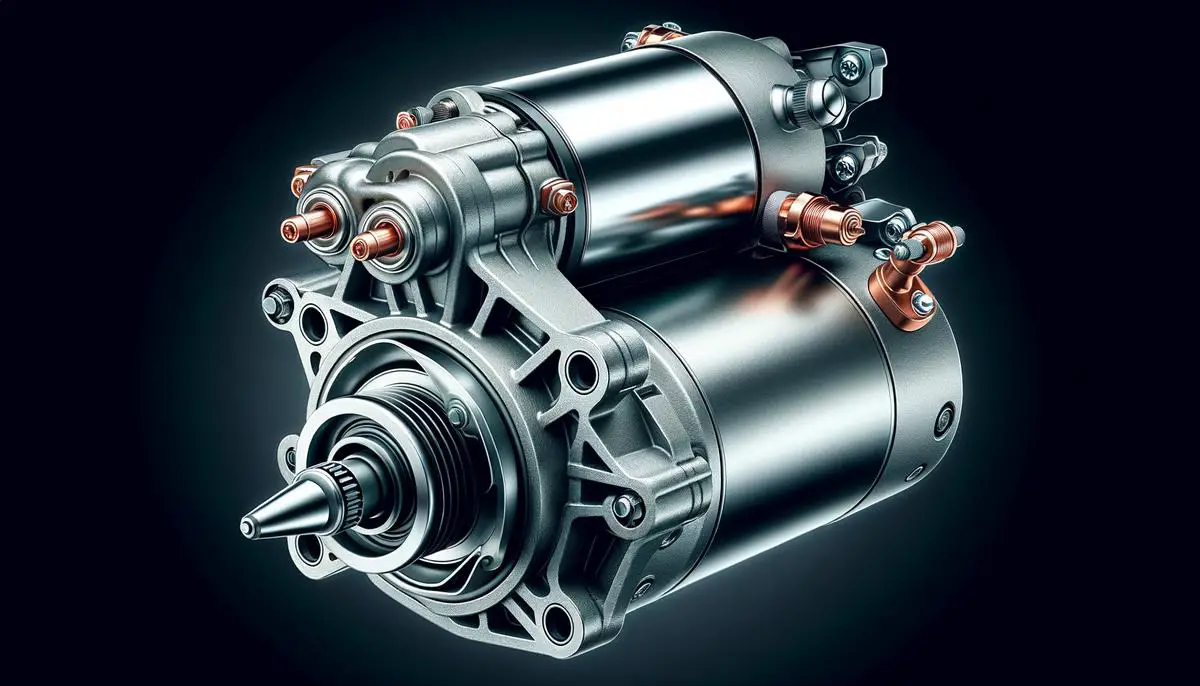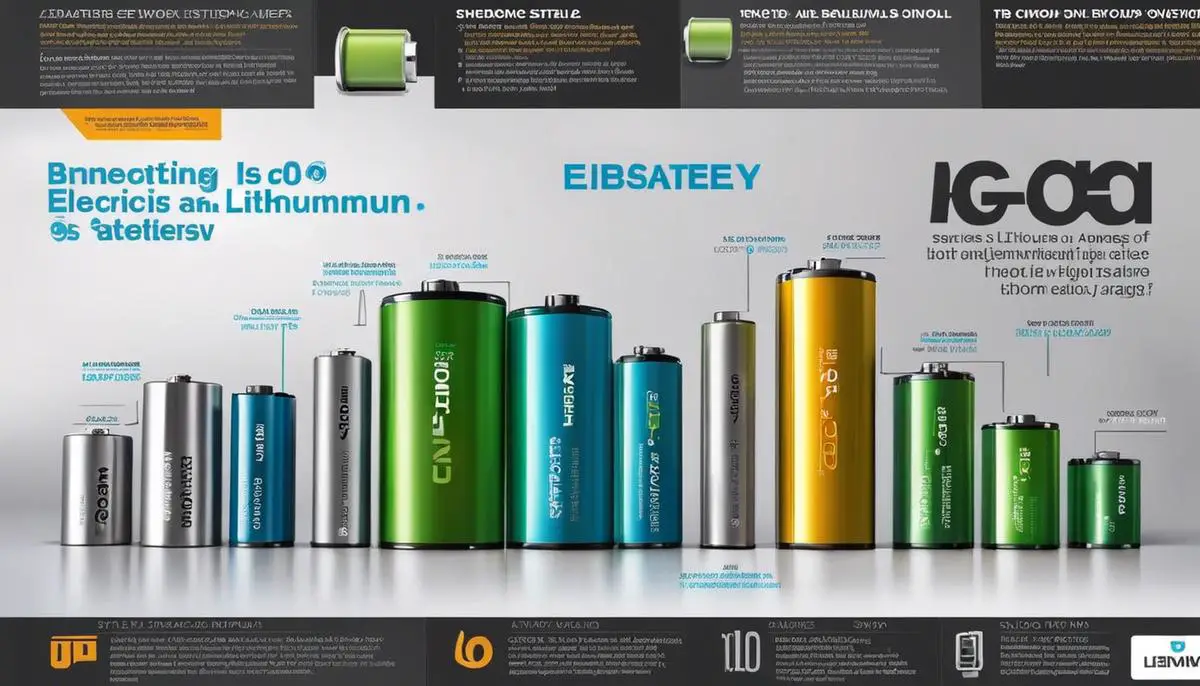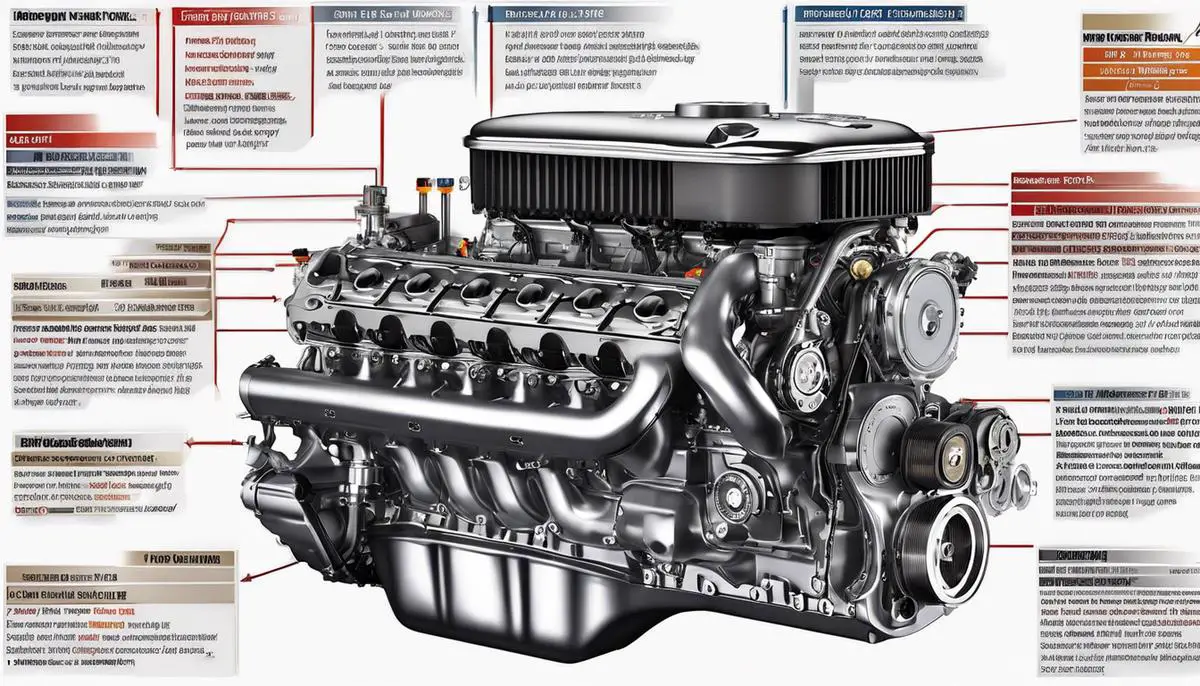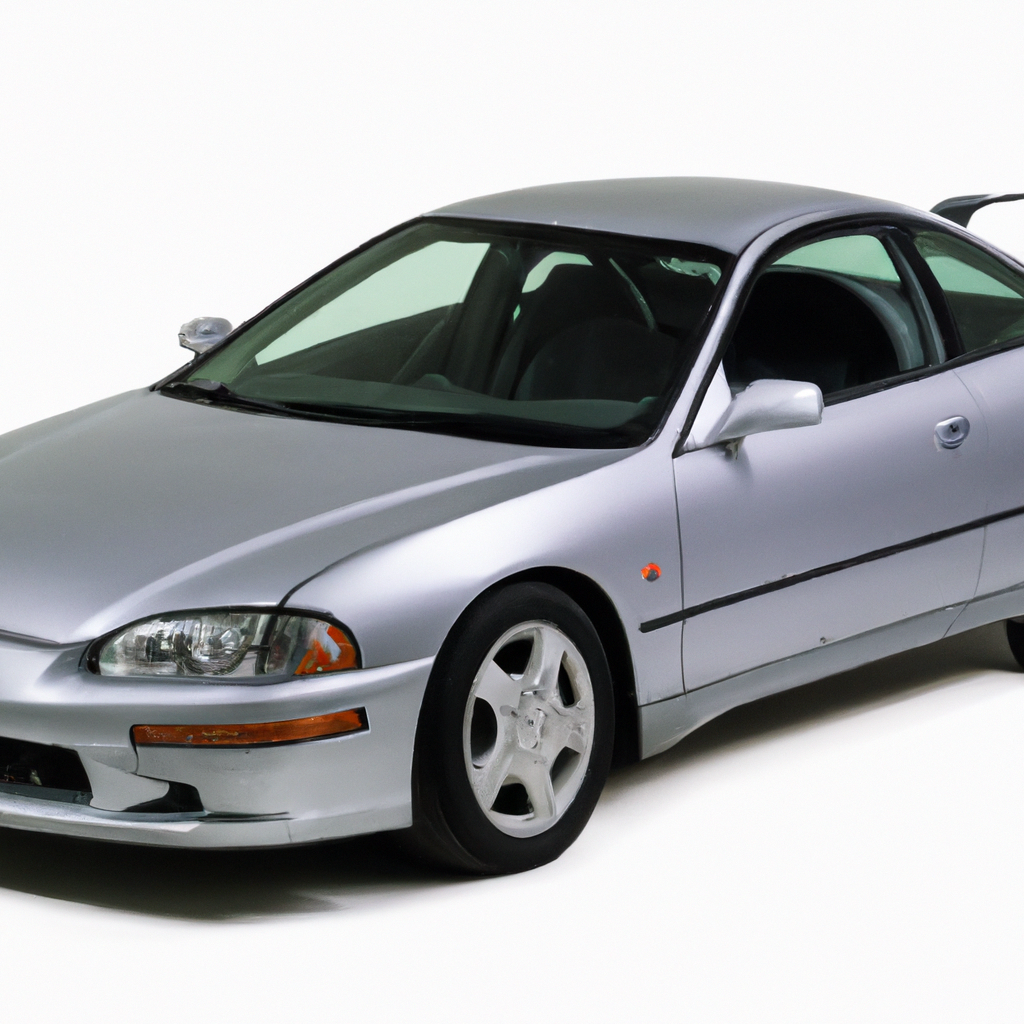How Start-Stop Systems Function
Start-stop systems are designed to improve fuel efficiency by automatically shutting off the engine when the vehicle is stationary and restarting it when the driver is ready to move again. The system relies on several key components, including:
- Enhanced starter motors
- Specialized batteries
- Sophisticated control software
The starter motor in a start-stop system is built to be more robust than traditional starters, as it needs to handle frequent starts and stops without premature wear. When the vehicle comes to a complete stop, such as at a red light, the control software shuts off the engine to prevent unnecessary fuel consumption and emissions during idling.
To support the increased electrical demands of the start-stop system, vehicles employ either Absorbent Glass Mat (AGM) or Enhanced Flooded Battery (EFB) batteries. AGM batteries are used in more advanced systems and offer better performance and longevity, while EFB batteries are a step up from conventional lead-acid batteries and are often found in entry-level start-stop systems.
The control software plays a crucial role in managing the engine shutdown and restart process. It uses data from various sensors to determine when to shut off the engine and when to restart it. If the software detects that the engine temperature is too low or the battery charge is insufficient, it will override the start-stop function to prevent potential issues.
When the vehicle reaches a stop, the control unit ensures a smooth engine shutdown while maintaining power to essential systems like the radio, air conditioning, and lights. As soon as the driver presses the accelerator or engages the clutch, the control software signals the starter motor to crank the engine, which must happen within milliseconds to avoid any noticeable lag.
The fuel savings achieved by start-stop systems vary depending on driving conditions, with the most significant improvements seen in city traffic where frequent stops are common. Cars equipped with these systems can see fuel efficiency improvements of up to 10% in urban environments.1

Fuel Efficiency Benefits
Start-stop systems offer substantial fuel efficiency benefits, particularly in urban environments where vehicles frequently idle. Studies and real-world test data have shown that these systems can provide fuel savings ranging from 3% to 10%, with some instances showing up to 15% improvement under optimal conditions.2 The variability in fuel savings primarily depends on the driving environment and the driver's habits.
Real-world tests have demonstrated the effectiveness of start-stop systems. For example:
- A BMW 328i GT used about 9.5% less fuel with the start-stop system engaged compared to when it was switched off, resulting in a fuel economy increase from 26.2 mpg to 28.7 mpg over an 80-mile test loop comprising typical urban driving conditions.
- Tests on the Jaguar F-Type showed a 10.9% decrease in fuel consumption when using the start-stop system, improving fuel economy from 19.7 mpg to 22.1 mpg.
This indicates that vehicles with larger engines or higher fuel consumption tend to benefit more from start-stop technology.
However, the benefits may be less pronounced in other driving conditions, such as highway driving, where the engine does not frequently stop and start. Nevertheless, for drivers who often encounter traffic jams or wait at multiple traffic signals, the savings can accumulate significantly over time.
In addition to direct fuel savings, start-stop systems also contribute to reduced emissions, helping to create cleaner, more sustainable cities with improved air quality.
To maximize the benefits of start-stop systems, drivers should adopt appropriate driving habits, such as:
- Avoiding unnecessary creeping at stop signals
- Minimizing frequent small adjustments that prompt engine restarts
- Giving a slight tug on the steering wheel to force a restart if needed, ensuring flexibility in varied driving conditions

Impact on Vehicle Components
While start-stop systems enhance fuel efficiency and reduce emissions, they can impact the wear and tear on various vehicle components. However, significant advancements have been made to mitigate potential negative effects on the starter motor, battery, and lubrication systems.
Modern starter motors are engineered to handle the increased demands posed by start-stop technology. They are capable of enduring up to 10 times the number of starts compared to older models, ensuring reliable performance throughout the vehicle's lifetime without frequent replacements.
Batteries in start-stop systems, such as AGM and EFB, are designed with improved deep-cycle performance to handle frequent discharges and rapid recharges efficiently. AGM batteries, in particular, provide better performance under high electrical loads and are used in more advanced start-stop systems.
To address the risk of wear during engine restarts, modern engines use low-friction oils and advanced lubrication systems that ensure a thin film of oil remains on critical engine parts even when the engine is off. Innovations like the Irox bearing material further reduce friction and wear by incorporating self-lubricating properties.3
Despite these advancements, the maintenance costs of vehicles with start-stop systems can be a consideration. The components designed to handle frequent starts and stops, such as the starter motor, battery, and advanced lubrication systems, can be more costly to replace than their traditional counterparts. Regular maintenance checks and ensuring that replacements are compatible with the vehicle's start-stop system are crucial to prevent unexpected breakdowns and prolong component lifespan.
Automakers have made significant engineering improvements to enhance the durability and reliability of vehicle components for start-stop systems. Starter motors are built to withstand hundreds of thousands of starts, while advanced battery technologies ensure sustained performance in demanding conditions.
While these enhancements help manage the wear brought about by start-stop technology, drivers should stay informed about the specific maintenance needs of their vehicles. Regular checks and proactive replacements of key components can help maintain optimal performance and avoid unexpected costs.
- Bishop JD, Stettler ME, Molden N, Boies AM. Engine maps of fuel use and emissions from transient driving cycles. Applied Energy. 2016;183:202-217.
- Fonseca N, Casanova J, Valdés M. Influence of the stop/start system on CO2 emissions of a diesel vehicle in urban traffic. Transportation Research Part D: Transport and Environment. 2011;16(2):194-200.
- Holmberg K, Erdemir A. Influence of tribology on global energy consumption, costs and emissions. Friction. 2017;5(3):263-284.




Respect to author, some good selective information.